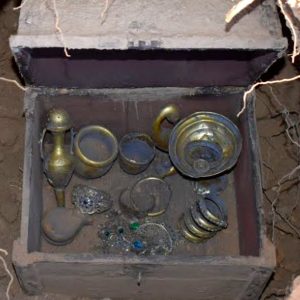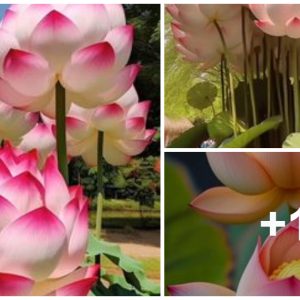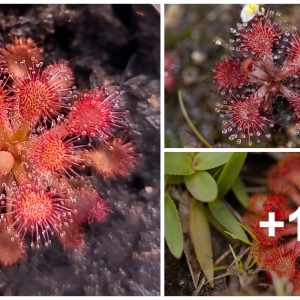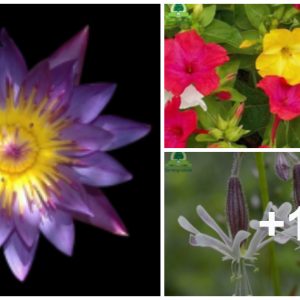If you’re an avid gardener or simply someone who appreciates the beauty of flowers, you’ve likely encountered the joy of perennial plants.
These incredible blooms grace our gardens year after year, bringing color and life to our outdoor spaces. While there are many remarkable perennials to choose from, today we’re going to explore the world of some well-known contenders like Gaillardias, Coreopsis, Geranium, Helleborus, and the beloved bleeding heart.
However, I’m excited to share with you the true winner for the longest blooms!
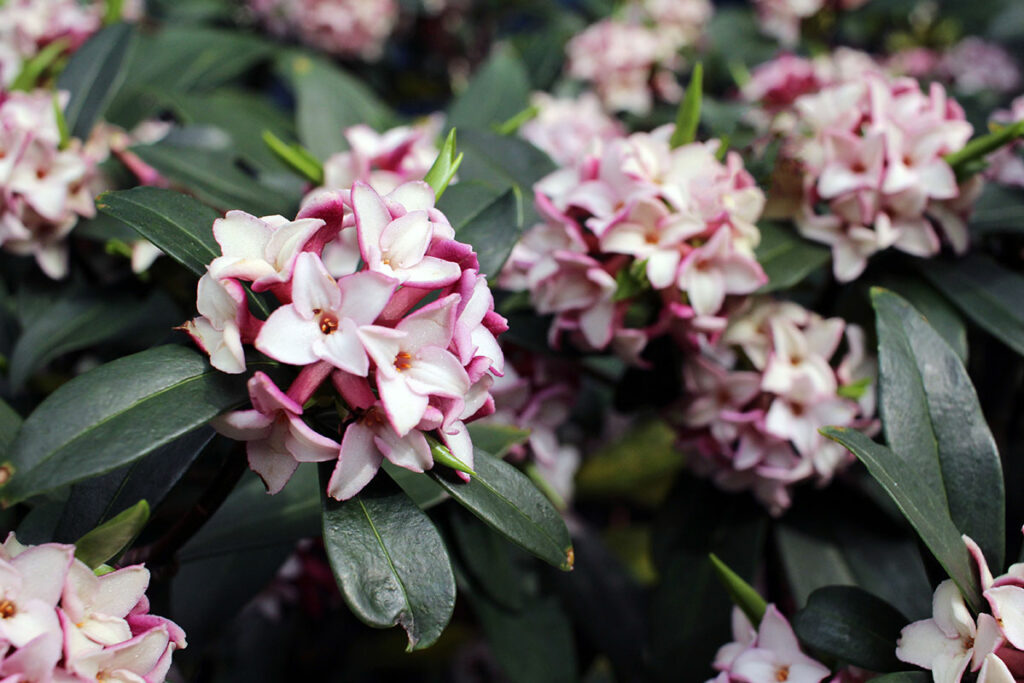
Let’s start with the familiar favorites. Gaillardias, also known as blanket flowers, are renowned for their vibrant colors and extended bloom period. With their daisy-like blooms in fiery shades of red, orange, and yellow, they add a burst of warmth to any garden.
Coreopsis, on the other hand, offers a delightful display of delicate, daisy-like flowers in shades of yellow, gold, and pink. Their cheery demeanor is truly hard to resist.
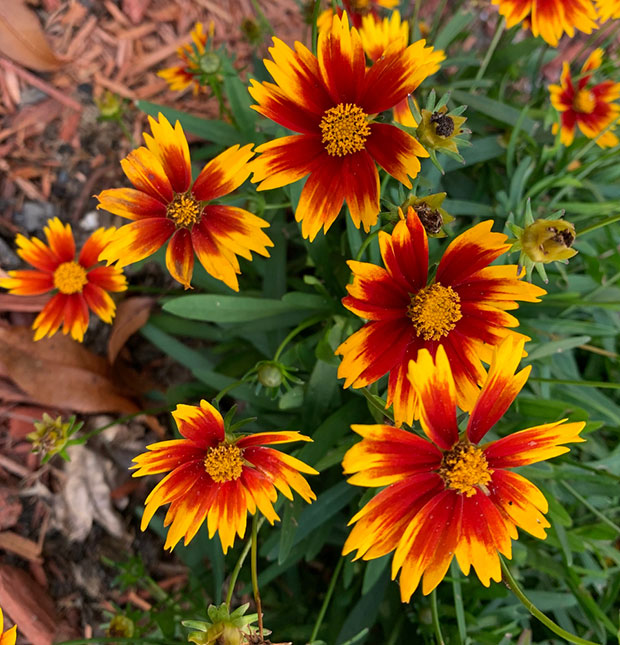
Another exceptional perennial, Geranium Rozanne, takes pride in its stunning blue-purple flowers that bloom profusely from late spring through to autumn. This beauty truly knows how to make a garden pop with color.
Meanwhile, helleborus, also known as Lenten roses, is famous for its early blooms, often appearing in late winter or early spring.
These elegant flowers come in various shades, including white, pink, purple, and even green, offering a captivating display during the colder months.
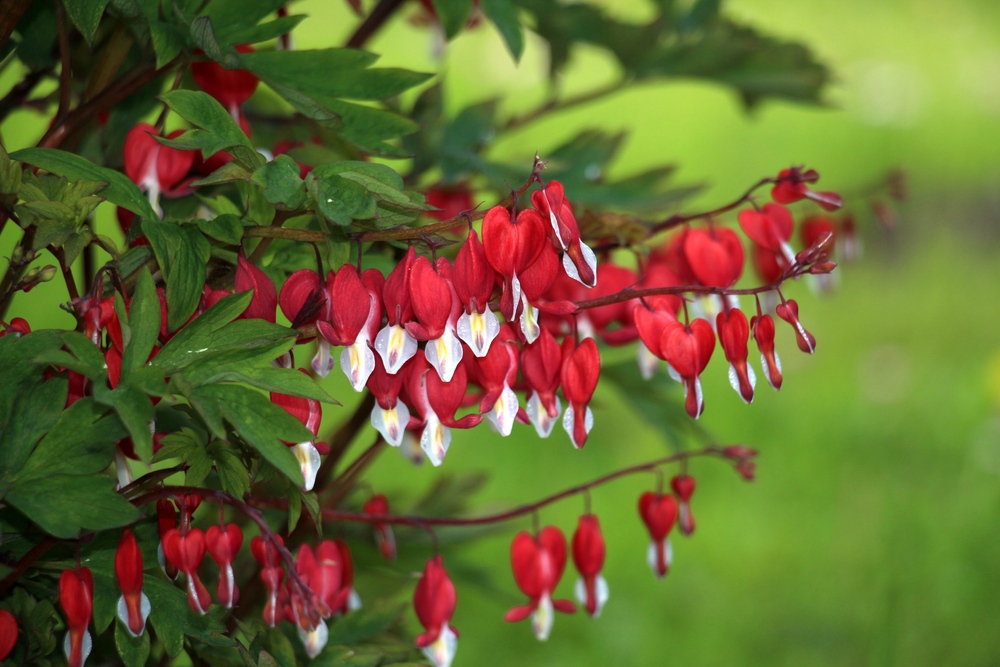
Of course, we can’t forget the beloved bleeding heart. Its heart-shaped flowers, usually pink or white, dangle gracefully from arching stems, evoking a sense of romance and nostalgia.
These enchanting blooms typically grace our gardens in spring, captivating us with their delicate charm.
Now, onto the true champion of long-blooming perennials: the White Corydalis (Pseudo-fumaria alb or Corydalis ochroleuca).
While not as well-known as some of its counterparts, this delightful plant certainly deserves a spot in your garden.
With its delicate, fern-like foliage and clusters of small, white flowers, the White Corydalis adds an air of elegance to any landscape.
What truly sets it apart is its exceptionally long blooming period, which often extends from spring all the way into the fall. Yes, you read that right! This incredible perennial can provide you with months of continuous blooms, ensuring that your garden remains vibrant and captivating throughout the seasons.
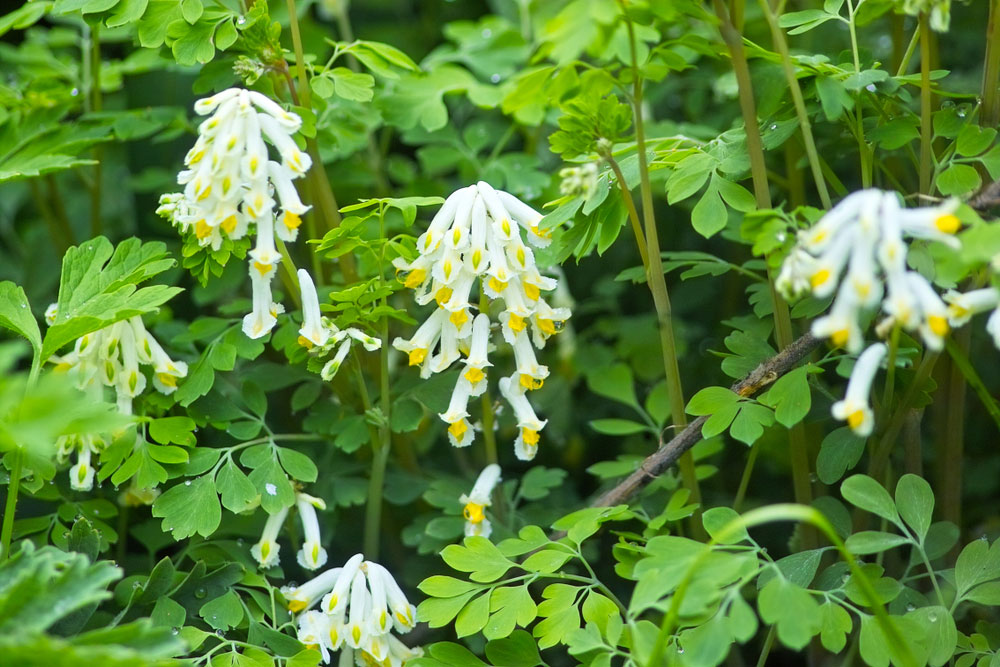
The White Corydalis (Pseudo-fumaria alb or Corydalis ochroleuca), is a true showstopper. Whether used as a ground cover, border plant, or accent in containers, its delicate beauty will bring joy and charm to your outdoor space.
Additionally, this perennial is relatively low-maintenance, making it an ideal choice for both seasoned gardeners and beginners alike.
With its long-lasting blooms, the White Corydalis promises to be a reliable and stunning addition to your garden year after year.
Tips on Growing White Corydalis (Pseudo-fumaria alb)
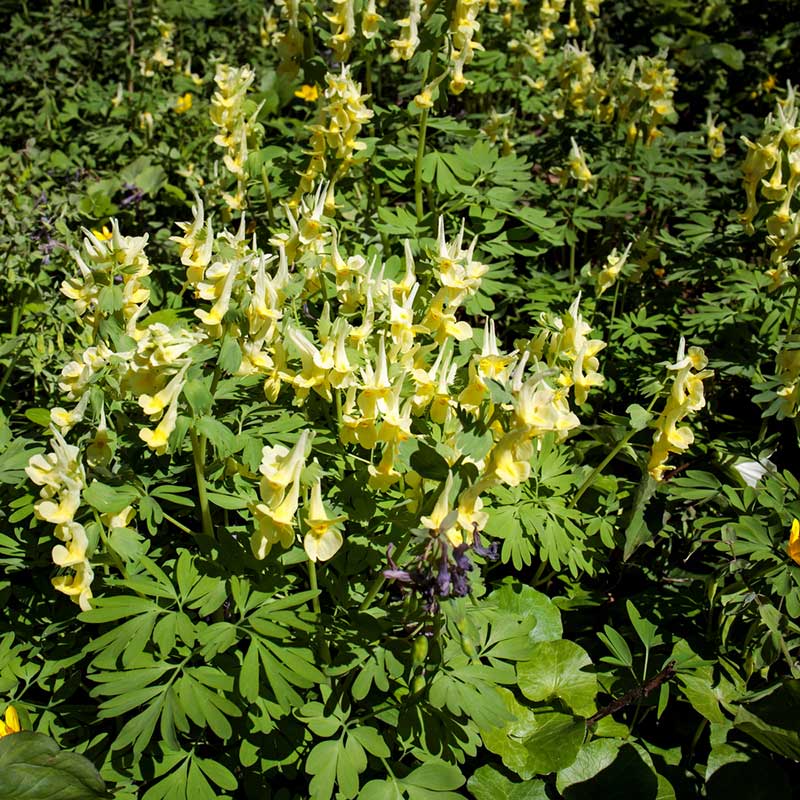
- Choosing the Right Location: White Corydalis thrives in partial shade to full shade conditions. Select a location in your garden that receives dappled sunlight or has filtered shade throughout the day. This plant prefers cooler temperatures, making it an excellent choice for woodland gardens or shaded areas.
- Soil Preparation: White Corydalis prefers well-draining soil that is rich in organic matter. Prior to planting, amend the soil with compost or well-rotted organic matter to improve its fertility and drainage. Avoid heavy clay soils, as they can retain excessive moisture, which may lead to root rot.
- Planting: Dig a hole slightly larger than the root ball of the White Corydalis. Place the plant in the hole and backfill with soil, ensuring that the crown of the plant sits level with or slightly above the soil surface. Gently firm the soil around the plant and water thoroughly to settle the roots.
- Watering: While White Corydalis prefers consistently moist soil, it’s important to avoid overwatering. Allow the top inch of soil to dry out slightly between waterings. During hot and dry periods, provide supplemental irrigation to keep the soil evenly moist. Mulching around the plant can help retain moisture and regulate soil temperature.
- Fertilization: White Corydalis generally doesn’t require heavy feeding. However, applying a balanced, slow-release fertilizer in early spring can provide the plant with the necessary nutrients for healthy growth. Follow the instructions on the fertilizer packaging for application rates.
- Pruning: Regular deadheading of spent flowers can promote additional blooms and keep the plant looking tidy. After the blooming season, you can cut back the foliage to encourage fresh growth. Be sure to wear gloves when pruning, as some individuals may experience skin irritation when in contact with the plant.
- Division: Over time, White Corydalis may become crowded, leading to reduced vigor and blooming. To rejuvenate the plant, divide it every two to three years in early spring or late autumn. Gently lift the plant and divide the clumps into smaller sections, ensuring each division has sufficient roots. Replant the divisions in well-prepared soil and water thoroughly.
- Pest and Disease Control: White Corydalis is generally resistant to pests and diseases. However, occasional issues with slugs and snails may arise. Regular inspection and handpicking of these pests can help keep their population in check. If necessary, you can use organic slug and snail control methods or natural predators like ducks or frogs.
Conclusion
In conclusion, while gaillardias, coreopsis, Geranium Rozanne, helleborus, and bleeding heart all bring their own unique beauty to the perennial world, the White Corydalis takes the crown for the longest blooming period.
Its elegance, longevity, and low-maintenance nature make it an exceptional choice for any garden enthusiast.
So, why not consider adding this delightful perennial to your collection?
With the White Corydalis, your garden will be in full bloom for an extended period, creating a picturesque haven that you can enjoy throughout the year.
